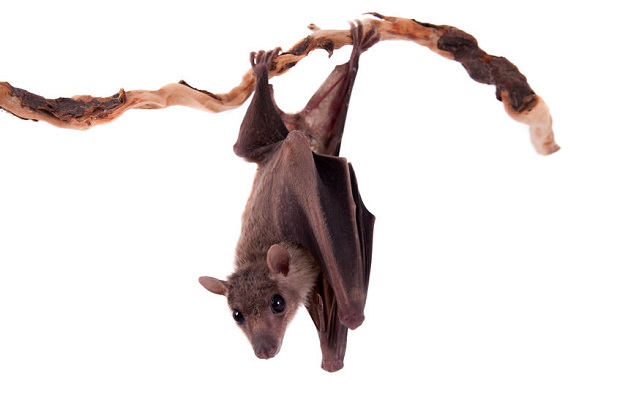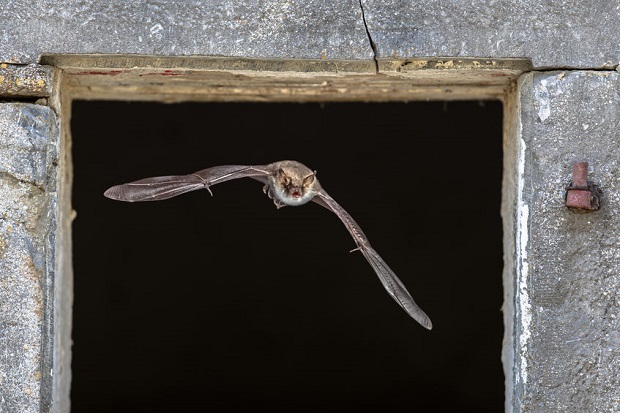
Are Bats Really Blind?
Bats are not blind. The misconception that bats are blind is a common myth. In fact, bats have excellent eyesight. Many people may believe that bats are blind because they do not use eyesight to search for food at night but a sensory system called echolocation similar to the sonar used in ships.
How Do Bats Use Ultrasonic Sound?
Bats use ultrasonic sound to navigate and find food in a process called echolocation. Ultrasonic sound refers to sound waves that are above audible level—generally anything beyond 20,000 Hz. The bat emits an ultrasonic frequency between 20-100 Hz. Different bat species utilize three distinct ultrasonic frequencies, short clicks, frequency-swept pulses, and constant frequency pulses. Among the two main suborders of bats, the Megachiroptera and the Microchiroptera, the Megachiroptera utilizes tongue clicks, whereas the Microchiroptera order utilizes frequency and constant frequency pulses.
How Does Echolocation Work?
Echolocation is a sensory system in certain animals, such as dolphins and bats, that uses ultrasonic sound to help to determine the location, size, and distance of an object in space. Like sonar, the animal emits a high-pitched sound, in the case of the bat, either from the nose or mouth, which will bounce off any object directed at. The bat will then use its keen sense of hearing to interpret the sound wave to figure out what it is and how big it is. The process is so precise that a bat can distinguish an object as thin as a human hair, which allows it to easily find a food source as small as a mosquito, making the bat quite useful to humans.
Resources
- “San Diego Zoo’s Animal Bytes: Bat.” Welcome to the San Diego Zoo. N.p., n.d. Web. 26 Sept. 2011. <http://www.sandiegozoo.org/animalbytes/t-bat.html>.
- “Echolocation | ASU – Ask A Biologist.” Ask A Biologist | ASU – Ask A Biologist. N.p., n.d. Web. 26 Sept. 2011. <http://askabiologist.asu.edu/echolocation>.
- “Ultrasonic Sound.” Hyperphysics. Georgia State University, n.d. Web. 26 Sept. 2011. <hyperphysics.phy-astr.gsu.edu/hbase/sound/usound.html>





